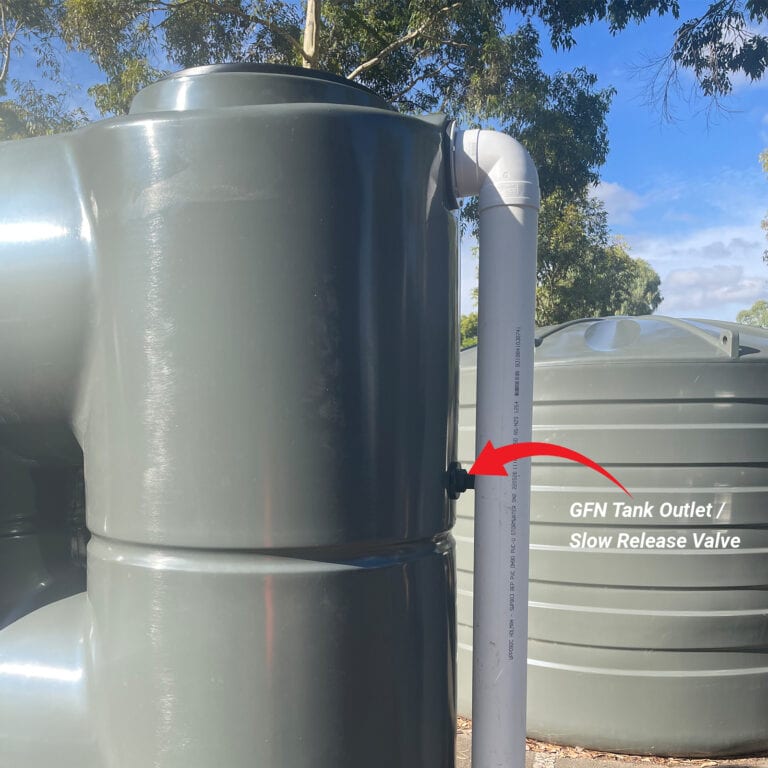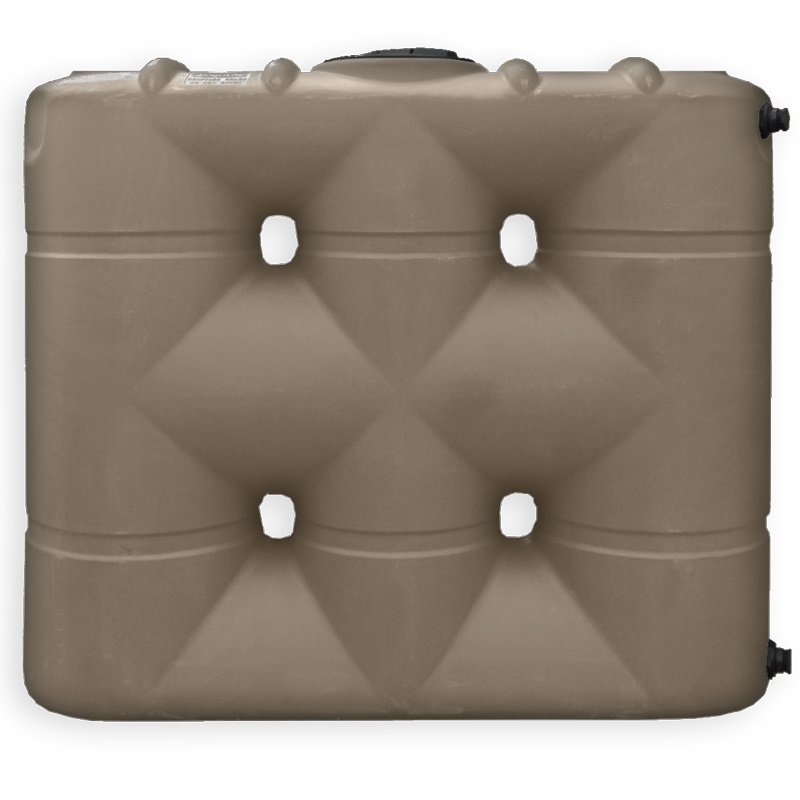Discover the Perks of Slimline Water Tanks for Space-Saving Storage Space
Discover the Perks of Slimline Water Tanks for Space-Saving Storage Space
Blog Article
Recognizing the Relevance of Rainwater Containers in Drought-Prone Regions for Water Protection
In regions susceptible to long term droughts, the duty of rain storage tanks in boosting water protection is a subject of growing value. As neighborhoods face the challenges of water scarcity, recognizing the importance of these tanks exceeds plain collection of rainwater. Rain containers act as a vital device in minimizing the effect of water shortages by offering a lasting source of water for various requirements. The true worth of rainwater tanks prolongs much beyond mere storage space; it incorporates resilience-building measures and the promotion of long-term water conservation approaches. This complex strategy to water safety warrants a more detailed assessment of the function rain storage tanks play in making sure a trusted water supply during times of dry spell.
Benefits of Rainwater Storage Tanks
Using rainwater containers offers a lasting solution for boosting water supply and improving water safety and security in residential and business settings. One of the primary advantages of rain storage tanks is their ability to minimize dependence on mains water supply.

Rain Harvesting Strategies
Rain collecting strategies incorporate an array of techniques created to efficiently collect and store rainwater for various objectives, adding to water preservation and sustainability. One usual strategy is the setup of rooftop catchment systems, where rainwater is collected from the roof of a building and directed to a tank. This technique is fairly easy and affordable. Another preferred strategy is using above-ground or underground storage containers to store rainwater for later usage. These tanks can be found in numerous sizes and materials to match various needs and can be connected to the existing pipes system for simple accessibility.

Moreover, rainfall yards and absorptive pavements are cutting-edge methods that include landscape design or paving surface areas in such a way that permits rainwater to percolate into the ground, restoring groundwater reserves. Furthermore, shape farming and terracing are farming practices that assist catch rain and prevent soil erosion in uneven surface. By implementing these varied rainwater harvesting techniques, neighborhoods can improve water security and resilience in drought-prone regions while promoting sustainable water administration techniques.
Relevance of Water Security
Guaranteeing trusted access to clean and adequate water resources is vital for maintaining human health and wellness, financial growth, and ecological health. Water protection is a critical aspect of social durability, specifically in areas prone to dry spells and water shortage. Appropriate water safety includes different dimensions, including availability, quality, and accessibility of water for residential, farming, commercial, and environmental needs.
Water security plays a crucial role in advertising public health and wellness by minimizing the occurrence of waterborne diseases and ensuring hygiene centers. Economically, water protection is essential for agricultural performance, industrial operations, and total economic growth. Slimline water tanks. Moreover, water protection is carefully connected to ecological sustainability, as it supports communities, biodiversity, and overall eco-friendly balance.
In drought-prone regions, water safety ends up being also a lot more crucial as a result of the increased threat of water shortages. Applying techniques like rain harvesting, water recycling, and efficient water administration practices can substantially boost water safety and security in these locations. By prioritizing water safety, communities can better hold up against the impacts of environment adjustment, population growth, and various other challenges that endanger water accessibility.
Enhancing Water Resilience
With enhancing international water obstacles, building durability in water supply has become a critical focus for sustainable advancement initiatives. Enhancing water strength entails executing methods to make certain water availability and quality in the face of changing environmental problems, such as dry spells, floods, and contamination.
One key aspect of boosting water resilience is promoting the usage of rain containers in drought-prone areas - Slimline water tanks. Rain containers work as an effective means of capturing and storing rainwater for later use, decreasing reliance on scarce freshwater sources during dry periods. By incorporating rainwater harvesting systems into water management strategies, communities can enhance their ability to endure water scarcity and maintain water safety and security

Lasting Water Preservation
Amidst intensifying water obstacles, the sensible management of water resources with lasting view it now preservation techniques is vital for ensuring lasting ecological security and societal well-being. Sustainable water conservation involves the effective usage of water sources to fulfill existing needs without compromising the ability of future generations to meet their own requirements. By executing methods such as rain harvesting, greywater recycling, and water-efficient modern technologies, areas can lower water wastefulness and relieve stress on freshwater resources.
In addition, lasting water preservation methods add to ecosystem health and wellness by preserving sufficient water levels in rivers, lakes, and wetlands, supporting biodiversity, and preserving all-natural environments. These methods likewise play a vital function in reducing the effects of climate adjustment by aiding to adjust to altering Learn More rainfall patterns and water accessibility.

Verdict
To conclude, rainwater containers play a crucial function in enhancing water safety and strength in drought-prone areas. By utilizing rainwater harvesting methods, areas can reduce their reliance on typical water sources and promote sustainable water conservation methods. This not just aids mitigate the impacts of water deficiency throughout droughts but also contributes to long-lasting water protection and strength despite environment change challenges.
Report this page